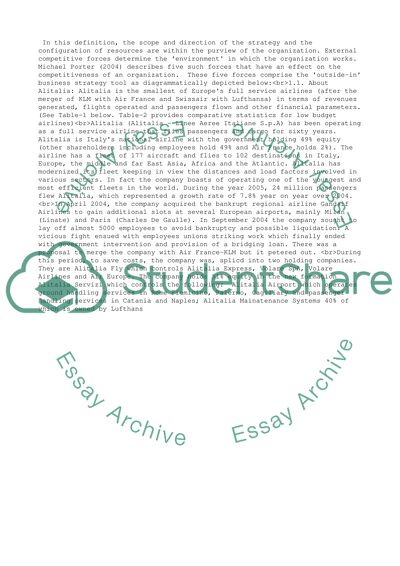Cite this document
(“Strategic Management Assignment Example | Topics and Well Written Essays - 4000 words”, n.d.)
Retrieved from https://studentshare.org/business/1522954-strategic-management-assignment
Retrieved from https://studentshare.org/business/1522954-strategic-management-assignment
(Strategic Management Assignment Example | Topics and Well Written Essays - 4000 Words)
https://studentshare.org/business/1522954-strategic-management-assignment.
https://studentshare.org/business/1522954-strategic-management-assignment.
“Strategic Management Assignment Example | Topics and Well Written Essays - 4000 Words”, n.d. https://studentshare.org/business/1522954-strategic-management-assignment.


